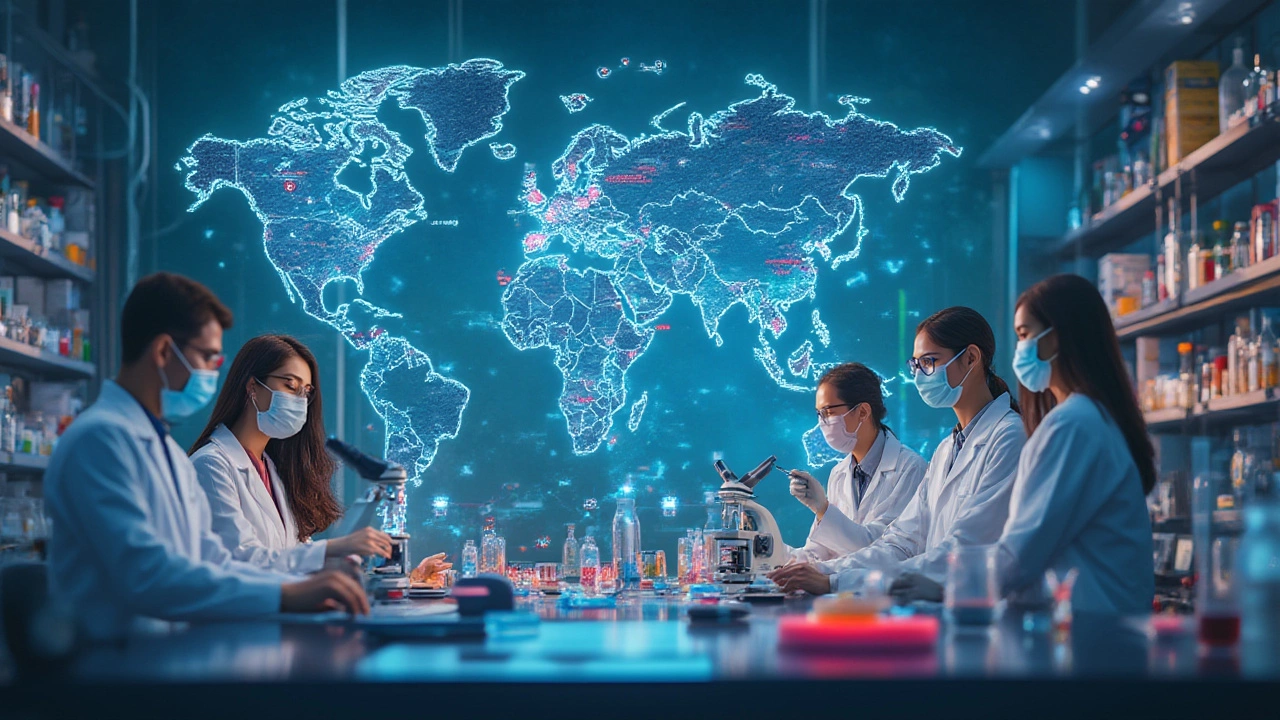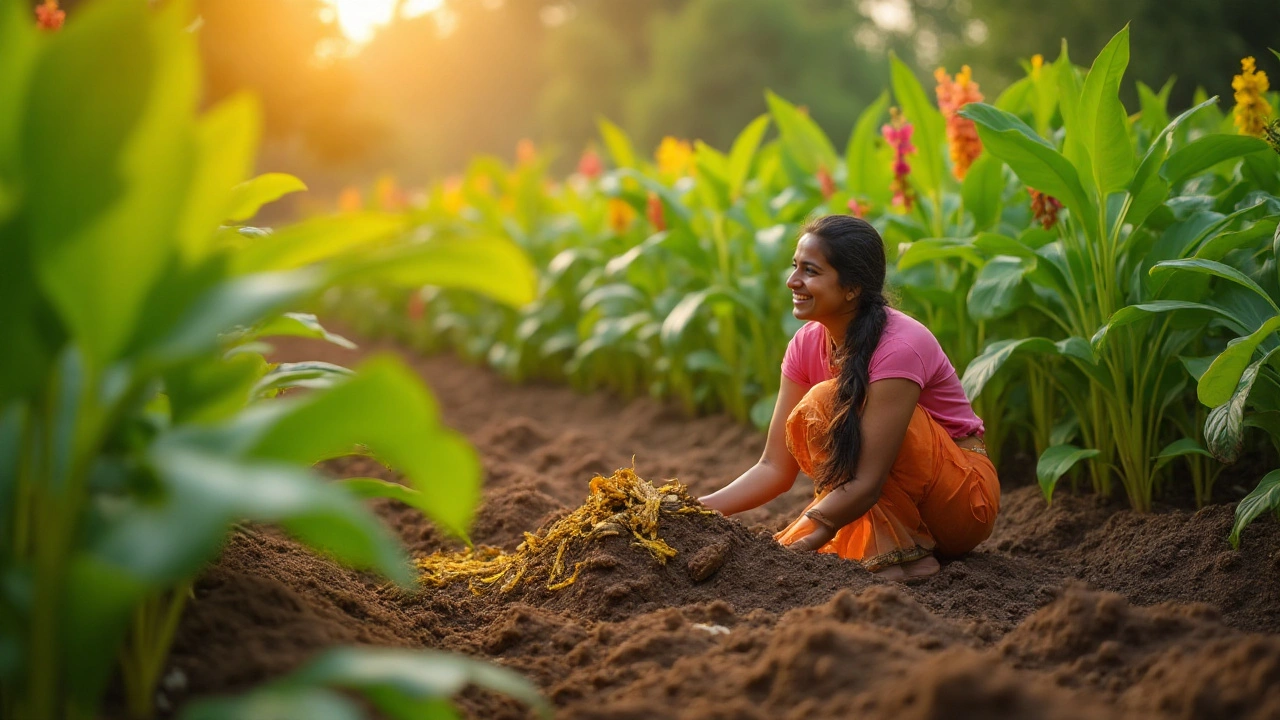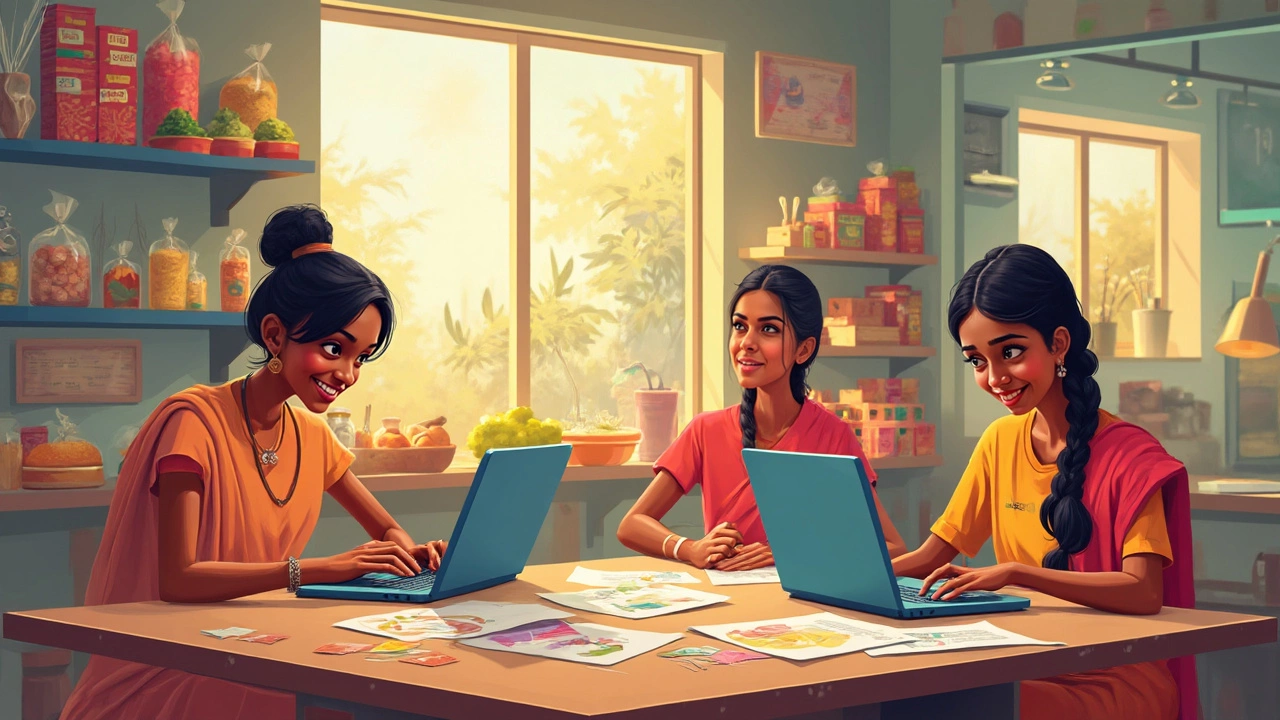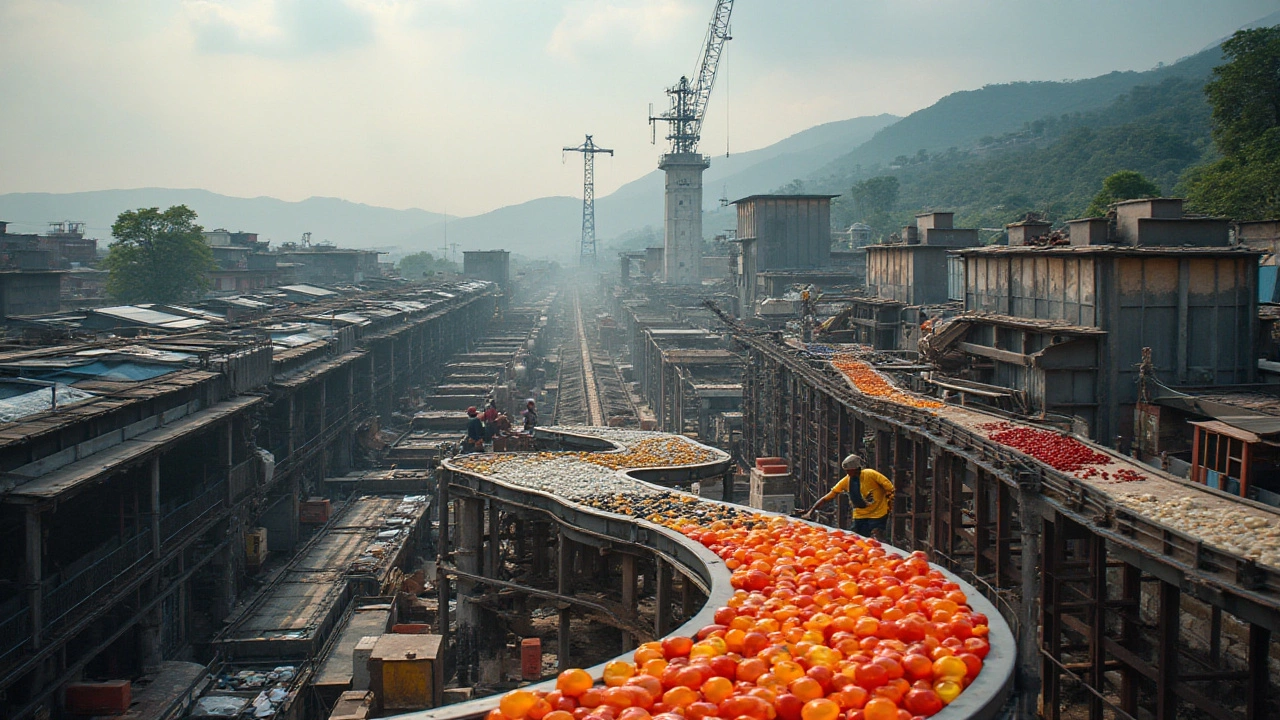Global Pharma Production
When talking about global pharma production, the worldwide process of making, packaging, and delivering medicines. Also known as pharmaceutical manufacturing worldwide, it brings together many moving parts. One of those parts is pharmaceutical manufacturing, the actual factory work that turns raw compounds into pills, injectables, or creams. Another crucial piece is active pharmaceutical ingredients (APIs), the biologically active chemicals that give a drug its effect. The whole system can’t run without regulatory compliance, which ensures safety and quality across borders. Finally, a smooth supply chain carries everything from raw materials to finished products.
Key Aspects of Global Pharma Production
First, pharmaceutical manufacturing sets the stage. Modern plants use continuous processing, single‑use equipment, and digital twins to boost efficiency. These technologies let manufacturers cut batch times and reduce waste, a must‑have when demand spikes for vaccines or antibiotics. Second, the source of APIs matters a lot. Countries like India and China dominate API production, but geopolitical shifts can disrupt supply, prompting firms to diversify or bring production home. Third, regulatory compliance acts as the gatekeeper. Agencies such as the US FDA, EMA, and WHO set standards for Good Manufacturing Practices (GMP), and any lapse can halt shipments worldwide. Fourth, the supply chain connects raw material suppliers, contract manufacturers, distributors, and pharmacies. Real‑time tracking, blockchain verification, and predictive analytics are now common tools to keep the chain transparent and resilient.
These four pillars create several semantic relationships. Global pharma production encompasses pharmaceutical manufacturing. Global pharma production requires strict regulatory compliance. The supply chain influences the availability of APIs, and in turn, API sourcing shapes manufacturing strategies. Understanding these links helps anyone from a startup founder to a seasoned plant manager see where improvements can be made.
Beyond the basics, the industry is pulling in new players. Biopharma, which focuses on biologics like antibodies, adds layers of cell‑culture facilities and cold‑chain logistics. Digital health platforms feed data back into production, allowing manufacturers to tweak formulations on the fly. Sustainability is another hot topic: firms are measuring carbon footprints, adopting green solvents, and seeking renewable energy for their plants. All these trends intersect with the core entities already mentioned, enriching the global pharma production ecosystem.
Below you’ll find a curated list of articles that dive deeper into each of these areas. From the story of India’s oldest pharma company to the latest plastic‑manufacturing trends that affect drug packaging, the collection gives you practical insights, real‑world case studies, and actionable tips you can apply right now.
Top Pharmaceutical Producing Countries and Global Pharma Industry Leaders
Explore which country is the largest producer of pharmaceuticals, how global pharma production works, and what sets industry leaders apart today.
- manufacturing
- India
- food processing
- garden tips
- rice cultivation
- government schemes
- balcony garden
- urban gardening
- balcony gardening
- profitable business
- business ideas
- plastic manufacturing
- drip irrigation
- plant care
- steel manufacturing
- sustainable gardening
- startup ideas
- steel industry
- flower gardening
- textile manufacturers






